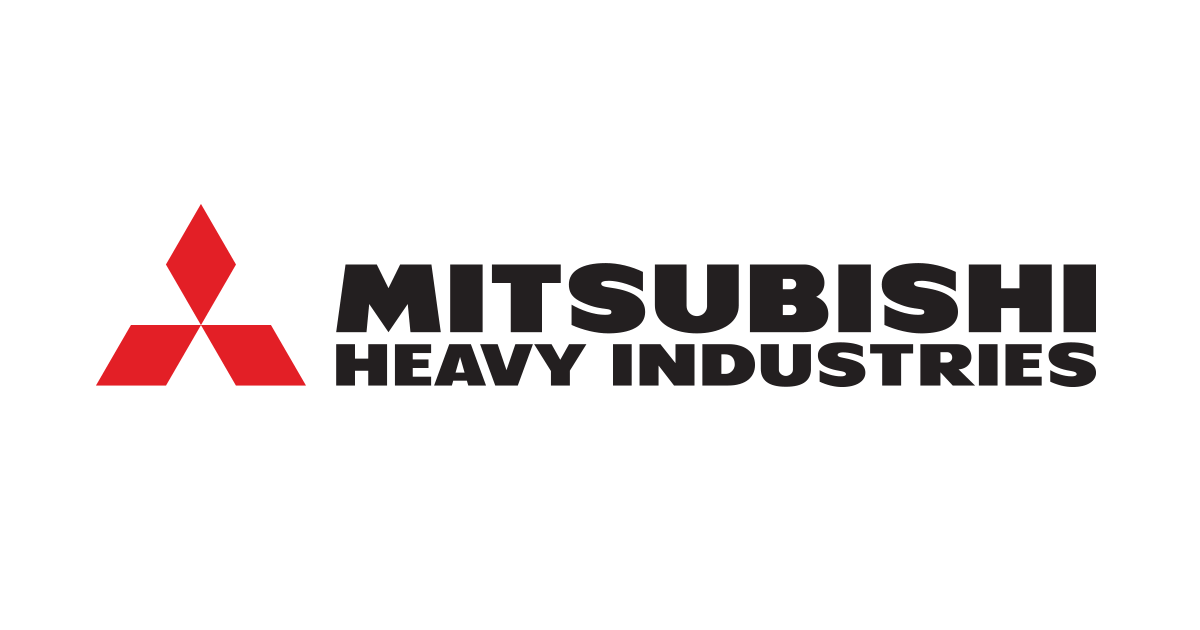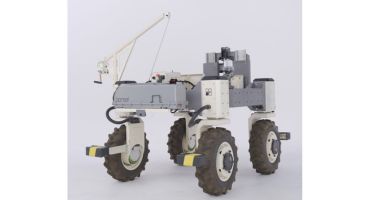Bobcat CEO Tries to Calm Investors Over Planned Merger with Doosan Robotics
Acknowledging the proposed merger's opposition, CEO Scott Park sought to answer shareholders’ questions in a letter sent August...

Doosan Bobcat’s CEO sent a letter this week to shareholders to try to allay their fears of a merger with Doosan Robotics, as well as further explain the company’s push toward robotic construction and other equipment.
Acknowledging the proposed merger has faced opposition, CEO Scott Park sought to answer shareholders’ questions in a letter sent August 5.
“The trend towards automation and unmanned solution driven AI technology is increasingly shaping our core business of compact equipment for construction, landscaping, agriculture and logistics,” he wrote. “In view of this significant shift, we believe that the proposed integration with Doosan Robotics – which will begin with the comprehensive share exchange – will accelerate our technological advancements, thereby ensuring sustainable growth and solidifying our leadership in the future compact equipment market, and will increase the corporate value.”
 Doosan Bobcat CEO Scott ParkDoosan Bobcat
Doosan Bobcat CEO Scott ParkDoosan Bobcat
Shareholders say the 1-to-0.63 stock-swap ratio of the proposed merger undervalues Bobcat, a leading revenue producer, while overvaluing Doosan Robotics, which has been losing money.
Under the merger deal, Bobcat would be spun off from Doosan Enerbility, which focuses on clean energy. If approved by shareholders September 25, Bobcat would become a fully owned subsidiary of Doosan Robotics by the end of the year.
Why Merge?
Park noted that leading equipment manufacturers Caterpillar and John Deere have been advancing into robotics through acquisition. Cat acquired Marble Robot in 2020, and Deere acquired Bear Flag Robotics in 2021. Bobcat has also been working on collaboration with robotic software startups.
He cited the labor shortage, rapidly rising labor costs and increased safety regulations as leading the “megatrend” toward robotics.
“This has made ‘replacing human labor’ an increasingly important technological challenge, leading to the widespread adoption of robotics technology,” he wrote. The same has been true for the equipment industry, he said.
“We believe that integrating with Doosan Robotics is an effective response to the technological challenges we face. As Doosan Robotics is also dedicated to developing automation technologies across a wide range of industries, we are confident that the integration of the two companies will allow us to combine our respective strengths and accelerate the development of future technologies.”
He cited three main benefits from the merger:
- Secure a leading position in autonomous, off-road vehicle and machinery market. He said this market is expected to hit $60 trillion by 2031. So it is “essential to robotize our existing products through the adoption of AI-driven robotics technology.” He added that Doosan Robotics “is one of the fastest-growing companies in the collaborative robotics industry with strong software capabilities in robotization.”
- Accelerating technological innovation. He said Doosan Robotics has achieved a high level of competitiveness and research and development in “manipulator” technology, such as human-like arms and hands on mobile autonomous robots. The merged company would seek mergers and alliances with startup companies and launch “competitive solutions such as the Mobile Manipulator (MoMa).”
- Improve production automation and investment efficiency. The merger would accelerate integration of automation into its factories, as well as prevent overlap of the companies’ investments in AI and automation.
What’s Next?
The merger faces shareholder approval of the two companies’ stock swap.
Park said the proposed stock prices for the two companies’ exchange “are at reasonable levels.” The company has reached out to investors to try to address their concerns, “but due to the complexity of the transaction, we were unable to fully build consensus with our shareholders regarding necessity of the integration or the legitimacy of the procedure. We apologize for this.”
He called on shareholders to “consider the future growth prospects of the company when making your decision.”
The shareholder vote is scheduled for September 25. If approved by shareholders, Bobcat would become a fully owned subsidiary of Doosan Robotics by the end of the year.
The Doosan Group, based in South Korea, would then be restructured under three pillars. Bobcat would fall under the “Smart Machine” pillar, which includes a focus on autonomous construction and industrial vehicles. The new Doosan Robotics would represent about 42% of the conglomerate.
The other two pillars are “Clean Energy,” such as hydrogen, gas, nuclear and wind, which will be called Doosan Enerbility; and “Advanced Materials,” such as semiconductors, which will be called Doosan Tesna.
Doosan says the new Robotics company would be able to expand its presence in key markets such as North America and Europe by using Bobcat’s dealer network and financing capabilities. It would also use Bobcat plants to test and develop robotic products and services.
Doosan acquired Bobcat in 2007 from Ingersoll Rand, which at the time was the largest overseas acquisition by a Korean company. It ran into financial trouble, partly from the debt taken on with the Bobcat acquisition. In 2021, Doosan sold off its main construction division, Doosan Infracore, to Hyundai. The former Doosan Infracore is now known as Develon.
Doosan Bobcat is ranked the 10th-largest equipment manufacturer in the world, according to the 2023 KHL Yellow Table. That’s up from 11th place in 2022.

 machineryasia
machineryasia 






